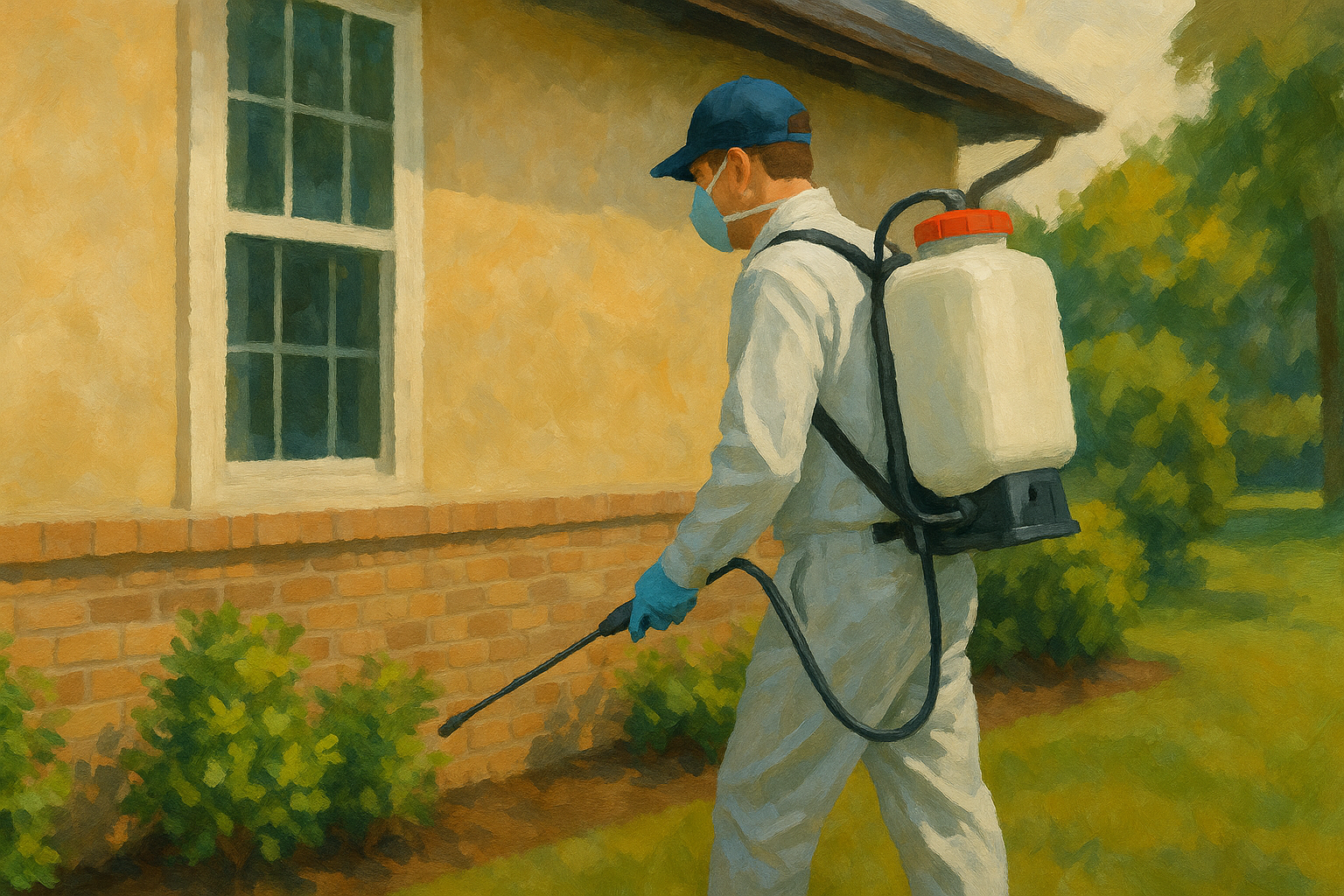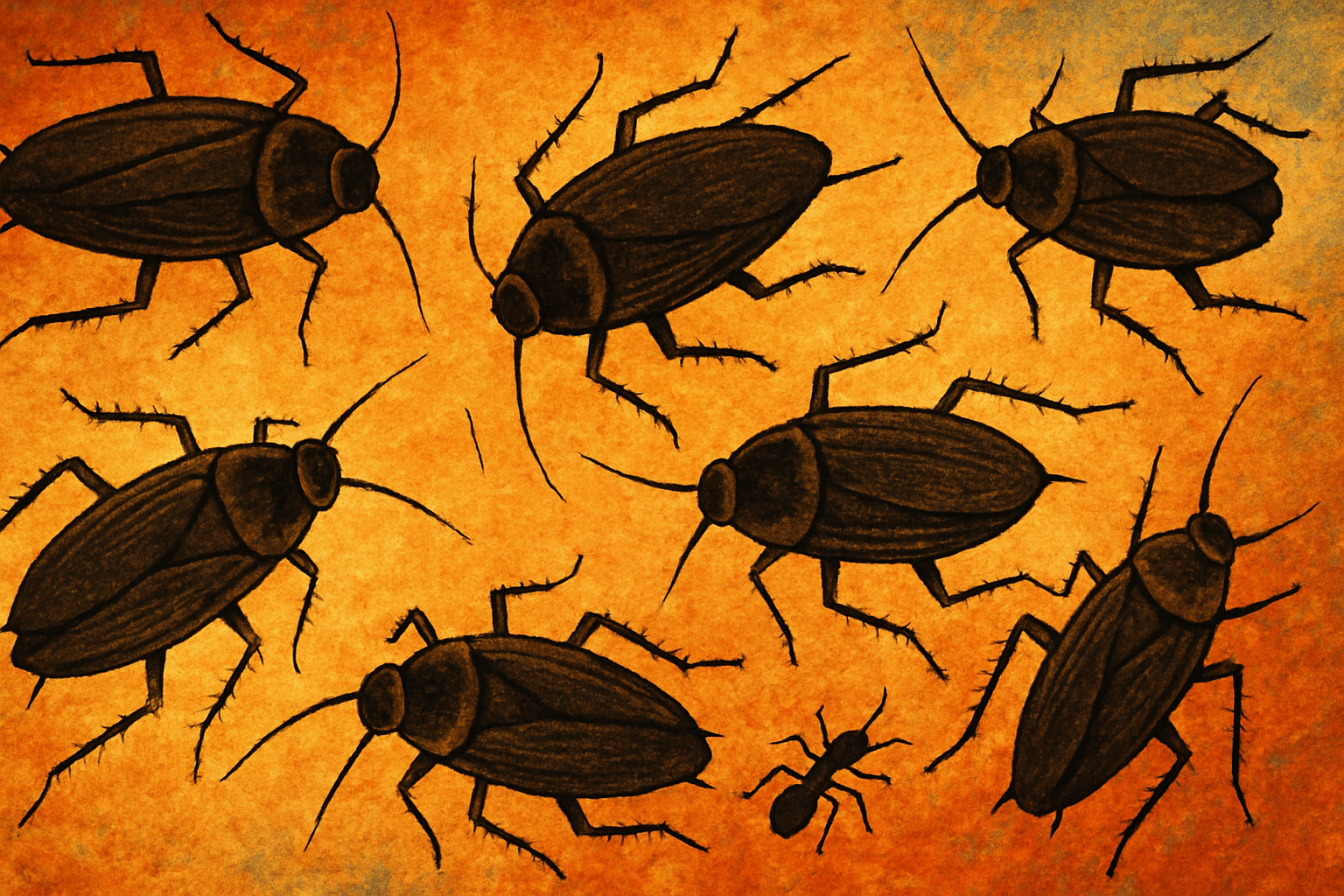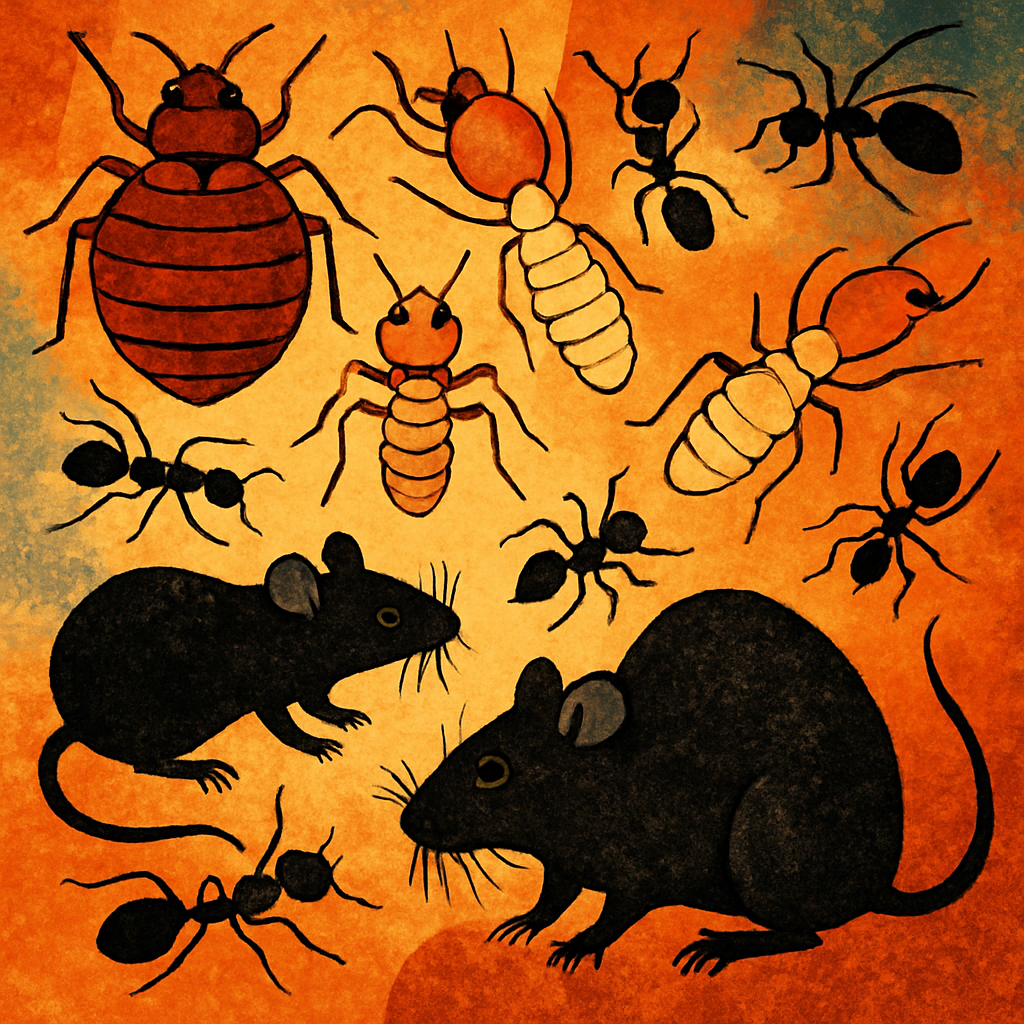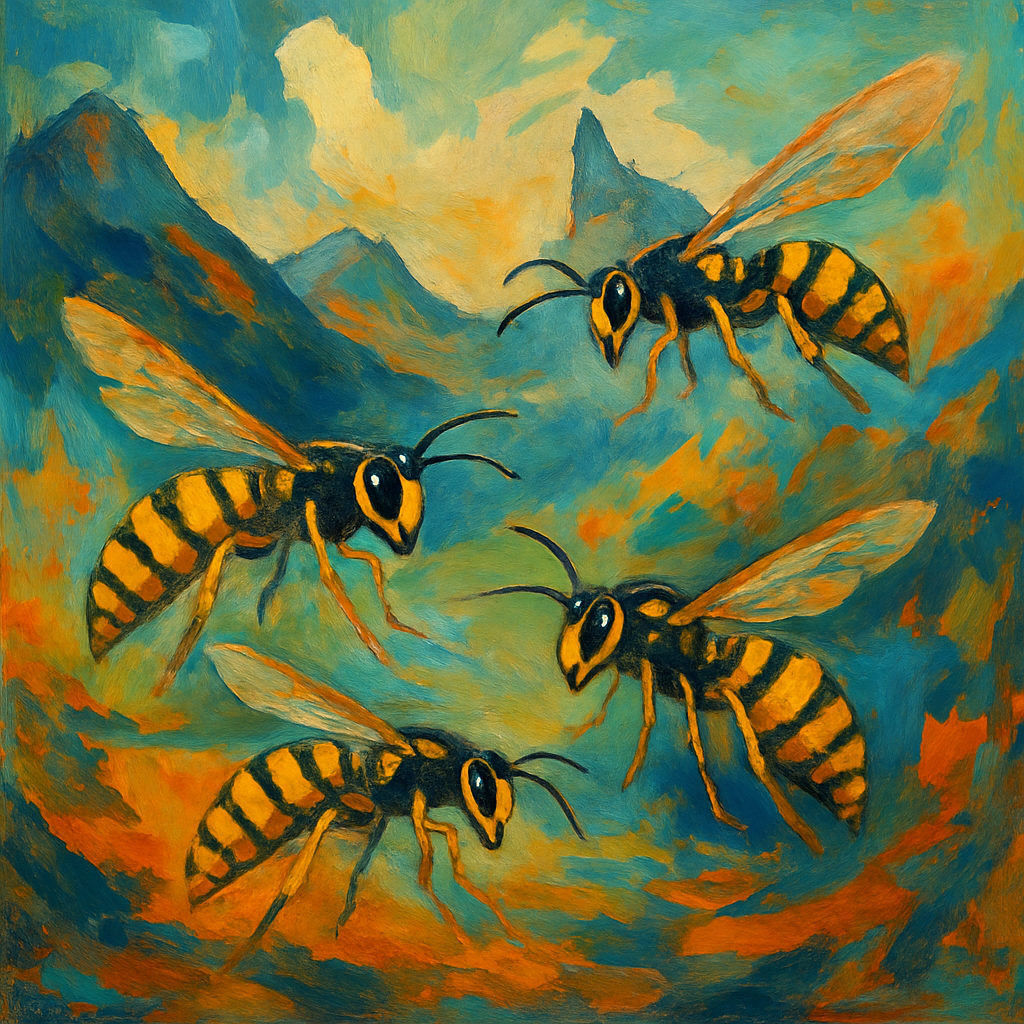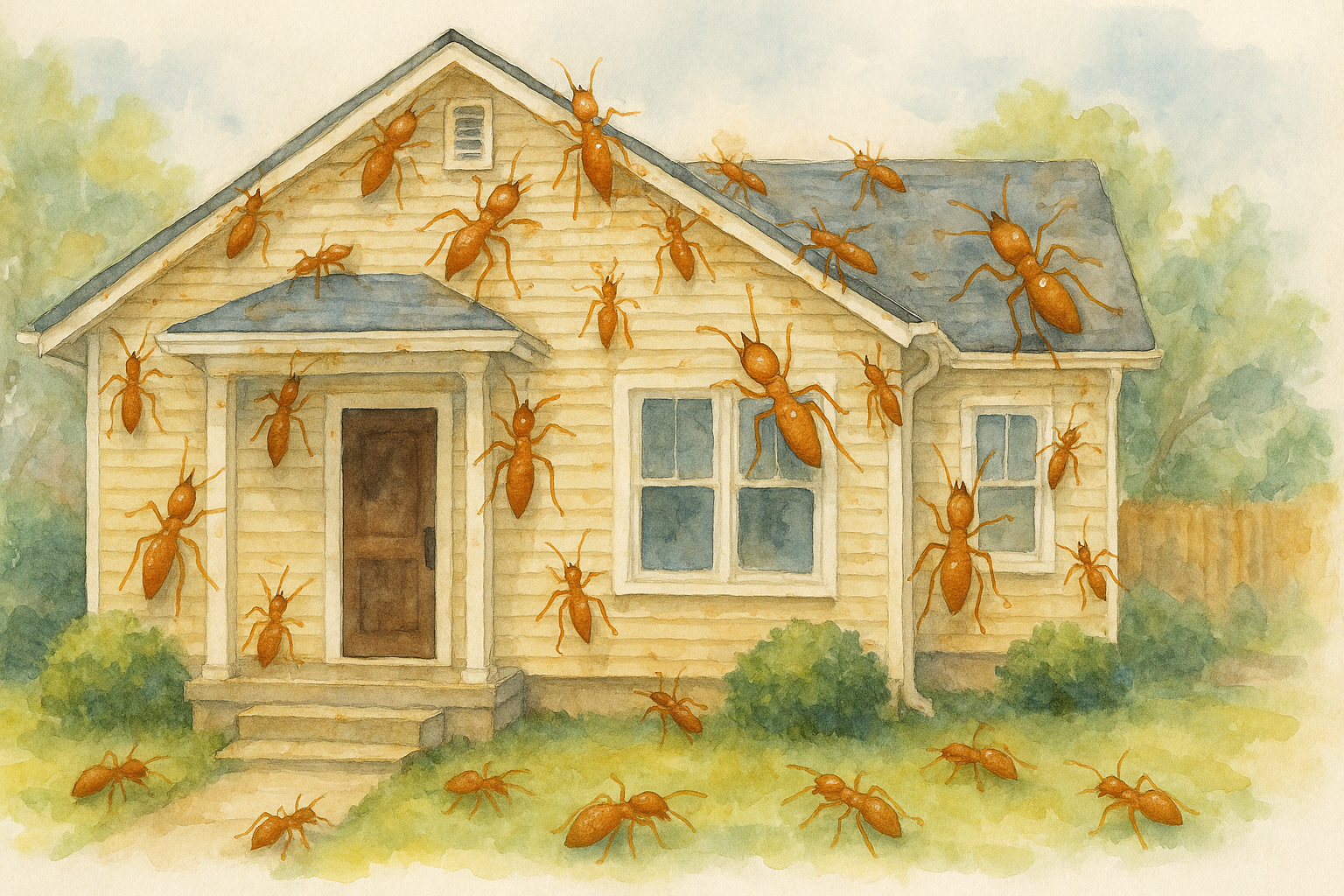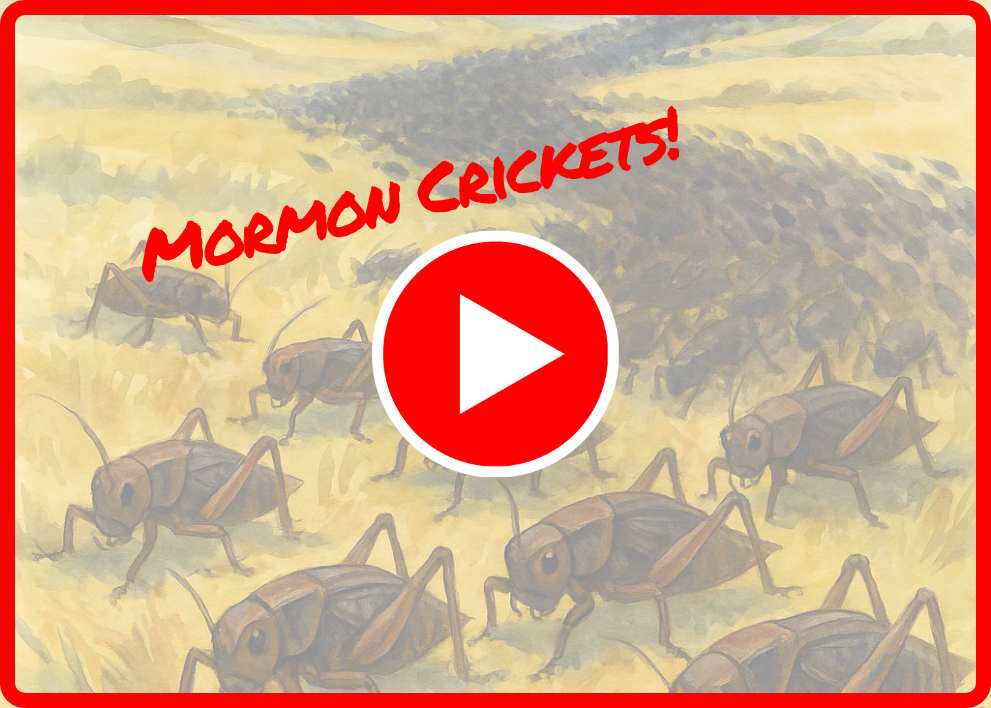Garden spiders are common inhabitants of Idaho's gardens and landscapes, playing an essential role in controlling insect populations. These spiders, often seen in webs around flower beds, trees, or vegetable patches, are generally harmless to humans but crucial for maintaining ecological balance in outdoor spaces. Below are some of the most prominent species of garden spiders found in Idaho and their unique characteristics.
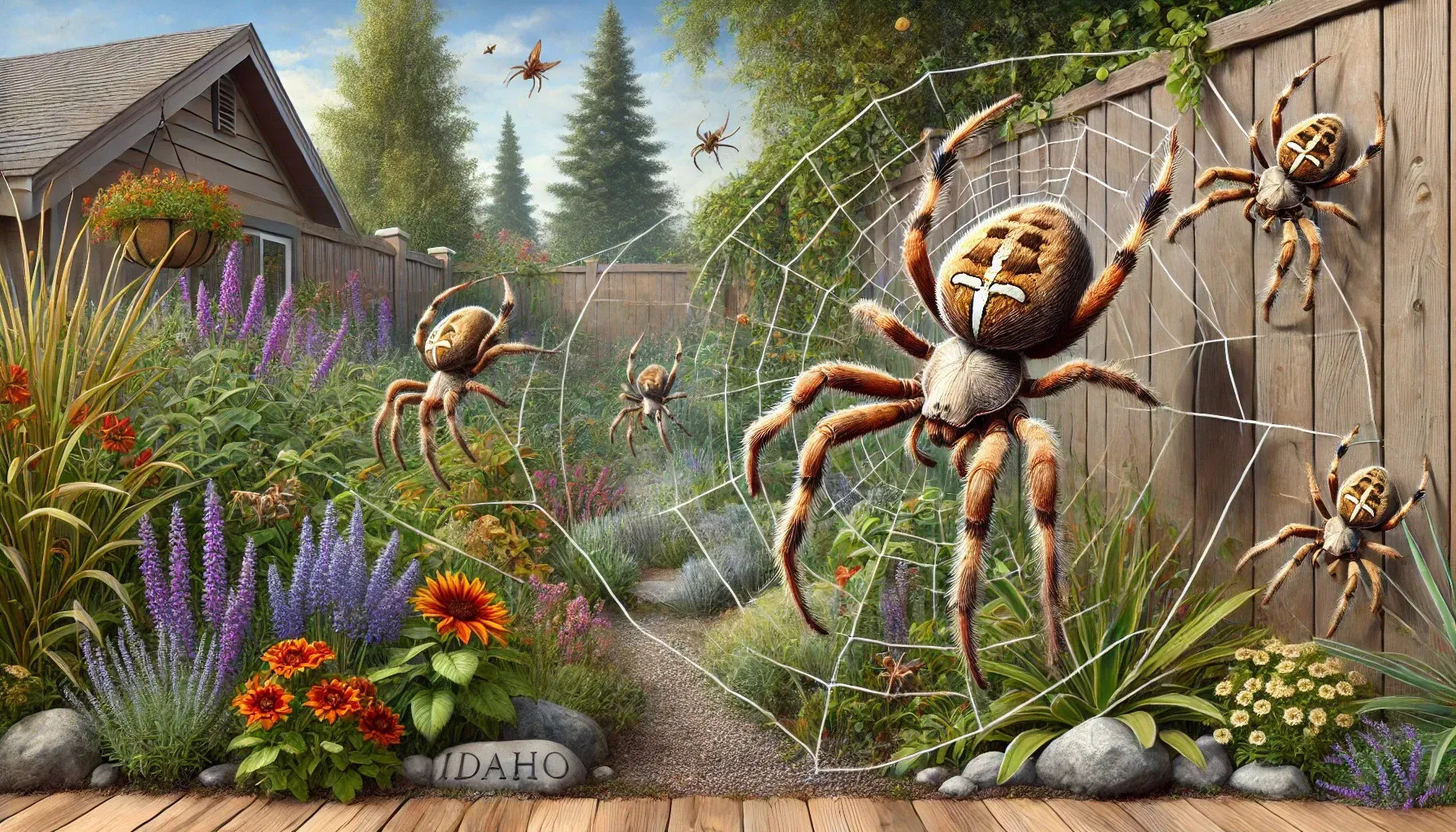
Yellow Garden Spider (Argiope aurantia)
One of the most visually striking garden spiders in Idaho, the yellow garden spider is also known as the "writing spider" due to the zig-zag pattern it creates in its web. These spiders are orb-weavers, constructing large, intricate webs to catch flying insects like flies and moths. Although their large size and vibrant yellow and black coloration can seem intimidating, yellow garden spiders are non-aggressive and beneficial for controlling pest populations in gardens. They are commonly seen in late summer when they reach adulthood and become more visible around garden areas(Griffith & Gillett-Kaufman, 2020).
Banded Garden Spider (Argiope trifasciata)
The banded garden spider is closely related to the yellow garden spider but has distinct black, white, and yellow bands along its abdomen. Like its cousin, it is an orb-weaver that constructs large webs to catch flying insects. These spiders are often found in gardens, meadows, and near water sources in Idaho. They are known for their ability to capture large prey, making them an asset in reducing pest populations such as grasshoppers and beetles(Noori & Al-Azawii, 2023).
Crab Spiders (Family Thomisidae)
Crab spiders are another group commonly found in Idaho gardens. These spiders are named for their crab-like appearance and ability to walk sideways. Unlike orb-weavers, crab spiders do not spin webs to catch their prey. Instead, they are ambush predators, lying in wait on flowers or plants and pouncing on unsuspecting insects. They are typically white or yellow, allowing them to blend in with flowers to catch bees, flies, and other pollinators(Robertson & Maguire, 2005).
Hobo Spider (Tegenaria agrestis)
Though not strictly a garden spider, the hobo spider is frequently found in gardens, basements, and around homes in Idaho. Known for its funnel-shaped webs, this species has garnered attention due to its potential for necrotic bites, although severe reactions are rare. The hobo spider is a ground-dwelling species, commonly building its webs in cracks or crevices, and its population has expanded significantly in the Pacific Northwest, including Idaho(Vest, 1987).
Orb-Weaver Spiders (Family Araneidae)
Beyond the yellow and banded garden spiders, Idaho is home to several other orb-weaver species. Orb-weavers are known for creating intricate, wheel-shaped webs that are typically found in gardens, fields, and forests. These spiders are highly beneficial in controlling insect populations by catching flying pests such as mosquitoes and flies. They are non-aggressive and generally retreat when disturbed, making them a welcome presence in many gardens. Orb-weavers, like Araneus diadematus, have shown population fluctuations due to environmental changes, such as the decline in flying insect populations(Nyffeler & Bonte, 2020).
Conclusion
Garden spiders in Idaho play an essential role in maintaining the health of local ecosystems by controlling insect populations. Species like the yellow garden spider and the crab spider are beneficial predators that keep pests at bay while contributing to the biodiversity of gardens and landscapes. Though some spiders, like the hobo spider, may cause concern, most garden spiders are harmless and highly effective in pest management.
Works Cited
Griffith, T. B., & Gillett-Kaufman, J. L. (2020). Yellow Garden Spider, Writing Spider Argiope aurantia (Lucas)..
Noori, H. G., & Al-Azawii, Z. N. (2023). First Record of Banded Garden Spider Argiope trifasciata in Baghdad, Iraq. Ibn AL-Haitham Journal for Pure and Applied Sciences.https://jih.uobaghdad.edu.iq/index.php/j/article/view/2971.
Robertson, I., & Maguire, D. (2005). Crab Spiders Deter Insect Visitations to Slickspot Peppergrass Flowers. Oikos.https://nsojournals.onlinelibrary.wiley.com/doi/10.1111/j.0030-1299.2005.13903.x.
Vest, D. (1987). Necrotic Arachnidism in the Northwest United States and Its Probable Relationship to Tegenaria agrestis Spiders. Toxicon: Official Journal of the International Society on Toxinology.https://www.sciencedirect.com/science/article/abs/pii/004101018790239X?via%3Dihub.
Nyffeler, M., & Bonte, D. (2020). Where Have All the Spiders Gone? Observations of a Dramatic Population Density Decline in the Once Very Abundant Garden Spider,
Araneus diadematus (Araneae: Araneidae), in the Swiss Midland.
Insects.https://www.mdpi.com/2075-4450/11/4/248.
Contact Today For $100 Off Your Initial Service!
⭐⭐⭐⭐⭐
Backed by our Bigfoot Guarantee!
What Customers Are Saying:
"Everyone from Bigfoot is awesome. They are always on time. They're extremely thorough. I've not had a single issue in the two years they have been treating our home. Well worth it!"
T. Potter | Meridian, ID
